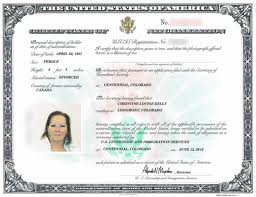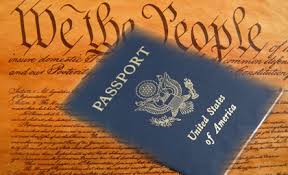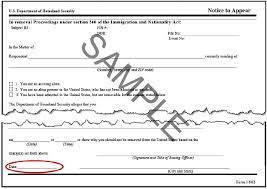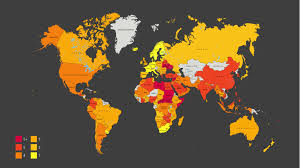A permanent resident or a United States citizen can bring a child from a foreign country that he or she has adopted to the United States under a permanent resident status. The adopted child must be a “child” as defined by the Immigration and Nationality Act (INA). Under the INA, a child is generally a person that is not married and under the age of 21. In the adoption context, in particular, he or she should be generally under 16 years old and unmarried.
Adoption itself is the voluntary act of taking a child of another as one’s own through a prescribed legal process.
There are two general types of immigration related adoption in the United States. They are what I call “regular” and orphan adoption. “Regular” adoption is where a child is adopted before he or she is 16 and has been in the legal custody of and resided with one or both adoptive parents for at least two years. Orphan adoption is where a United States citizen adopts a child whose parents have abandoned or separated from him or have died. The adoption must be completed before the child is 16.
This blog will focus on the orphan adoption type. I will address the “regular” adoption type in a different blog. The orphan can be adopted in the foreign country, or inthe United States, if he is already in the United States under another visa type. If the adoption is done outside the United States, it should be under the laws of the foreign country in which the child resides. Whether the adoption is done in the United States or a foreign country, the process generally involves the filing of a petition supported by relevant evidence with an authorized institution or agency in which the adoptive parent requests a transfer of ownership of the child from the present parent to him or her.
In foreign countries, the adoption process varies from one country to another. In some, the process is administrative, while it is purely judicial in others. Whether it is administrative or judicial, it is very important that the adoption be carried out under a process for a smooth, fair, non-arbitrary and decisive ownership transfer of the child.
At the completion of the process, the authorized agency or institution grants the adoptive parent an adoption decree.
Once the process is completed, the immigration of the child as a permanent resident in the United States can start. But sometimes the immigration may precede the adoption process if the adoptive parent decides to first embark on an advanced immigration process, without a particular adoptive child or country of adoption in mind. Under this procedure, he eventually finds and brings the child to the United States, and adopts and applies for residency status for him.
Whether the orphan is adopted in or outside the United States, the adoptive parent can get permanent residency status for him by filing, together with supporting evidence, a Form I-600 application with the CIS. The CIS will them assess the application based on the relevant law and grant him permanent residency status.
An Adoption practitioner should be conversant with laws that govern adoption, such as the Hague convention, the Universal Accreditation Act (UAA) and specific adoption laws of his country to effectively do adoption work. These laws constantly change to improve the adption process. Just recently, in July of 2014, the UAA, for example, ruled that prospective adoptive parents pursuing intercountry adoptions, regardless of the child’s country of origin, must now generally work with an accredited or approved adoption service provider. The exceptions to the rule are if, among others, the agency or person is providing only legal services to the prospective adoptive parent or child.
This blog is written by an attorney with Swaray Law Office, located in Brooklyn Center in Minnesota in the United States. Brooklyn Center is close to other northern Twin Cities suburbs, such as Brooklyn Park, Crystal, Robbinsdale and Plymouth. The blog should not be taken as legal advice. Those who need legal advice are encouraged to contact the law office at swarayassociates@cs.com or 763-549-0670.































